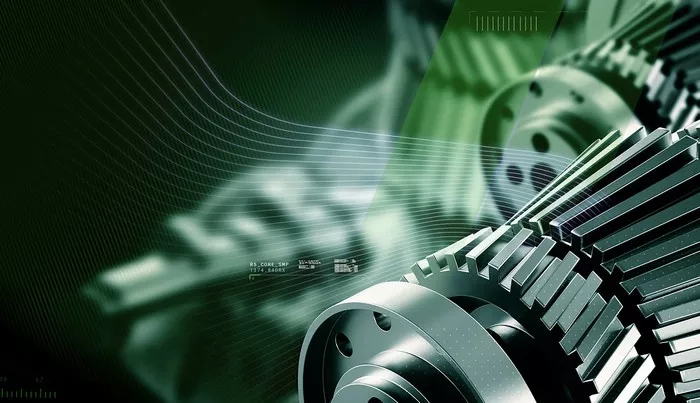Rolls-Royce aims to have two versions of its UltraFan demonstrator engine operational by 2028—one tailored for widebody aircraft and another for single-aisle jets—with flight testing slated for the end of the decade.
The company has designated the powerplants as UltraFan 80 and UltraFan 30, reflecting their approximate thrust classes. This dual-engine strategy highlights Rolls-Royce’s commitment to meeting diverse market demands, whether for new aircraft platforms or re-engining existing fleets.
Ground testing of the original widebody-sized UltraFan, delivering around 85,000 pounds of thrust, concluded in 2023 after nearly 70 hours of engine run time. Rolls-Royce is currently refurbishing this demonstrator with plans to resume testing by year-end. Alan Newby, director of research and technology, emphasized the need for further detailed performance mapping despite strong initial results, noting only minor optimizations such as blade-tip clearance adjustments.
Simultaneously, preliminary design work is underway on the scaled-down UltraFan 30, intended for future narrowbody aircraft. This phase is expected to wrap up shortly, with engine assembly and testing planned through 2028 and flight tests anticipated near decade’s end. Newby indicated the UltraFan 30 will feature a fan diameter larger than today’s narrowbody engines—pushing toward 90 inches compared to the 81-inch Pratt & Whitney PW1100G—and thrust above 30,000 pounds. Its bypass ratio aims to reach approximately 15:1, a significant increase over current geared-fan engines’ 10-12:1 range.
Rolls-Royce is actively collaborating with potential customers to align development with in-service requirements. Airbus has been notably transparent about its Next Generation Single Aisle program, targeting a 2035 service entry for an A320neo successor, which could be a prime candidate for the UltraFan 30.
This work builds on the EU-funded HEAVEN program, launched in 2023 and led by Rolls-Royce, which has conducted combustor and gearbox rig testing alongside early narrowbody engine design. Further phases could secure up to €70 million for ground testing to achieve technology readiness by 2029, followed by flight demonstrations by 2030. While Rolls-Royce has yet to confirm participation in the latest Clean Aviation funding calls, any support would accelerate development timelines starting in late 2025 or early 2026.
Flight testing options are being evaluated, including using Rolls-Royce’s 747-200 flying testbed or partnering with customers. The decision will depend on the engine’s size and market demand. Newby stressed a unified architecture between UltraFan 30 and UltraFan 80 will streamline testing by minimizing redundant efforts, with plans to build two engines per variant to cover the full test spectrum.
To manage development costs, Rolls-Royce is exploring industrial partnerships, from risk-sharing collaborations to potential original equipment (OE) partners. CEO Tufan Erginbilgic highlighted the importance of timing and partner alignment for next steps, while Newby confirmed ongoing talks across the industry.
Re-entering the narrowbody engine market would mark a significant move for Rolls-Royce, which exited the segment in 2012 after selling its stake in the V2500 program to Pratt & Whitney. Currently, Pratt & Whitney and CFM International dominate this space with their geared turbofan and Leap engine families, respectively.
While Pratt & Whitney plans a second-generation geared turbofan, CFM is pursuing an open-rotor concept via its RISE program. Newby cautioned that, despite theoretical efficiency gains, open-rotor engines face practical challenges in installation, noise, and safety that diminish their benefits.

